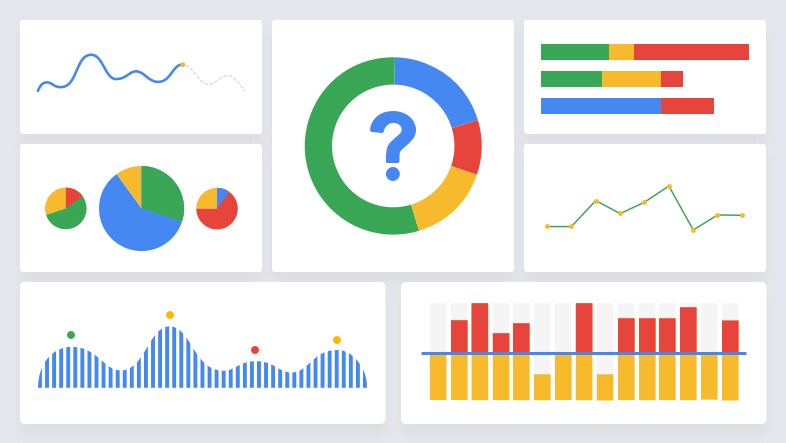Google Analytics Best Practices in 2023
Google Analytics is an invaluable tool for digital marketers, enabling them to measure the performance of their websites, campaigns, and audiences. In this article, we will be exploring some of the best practices when it comes to using Google Analytics in 2023.
We’ll cover how to set up goals and events, analyze key performance indicators (KPIs), use segmentation to uncover valuable insights about user behavior, as well as discuss how to interpret reports in order to drive growth and engagement.
Through careful implementation of these strategies, businesses can gain a comprehensive understanding of their users’ needs and preferences, allowing them to optimize their products and services accordingly. Let’s get started!
Set Attainable Goals and Events
Setting attainable goals and events is the cornerstone of a successful Google Analytics strategy. This involves setting specific objectives that can be measured, such as tracking website visitors or analyzing customer conversion rates.
Once these goals are established, it’s important to set up “events” in Google Analytics to track user behavior on each page. Examples of events include filling out a form, clicking on an ad, making a purchase, or downloading a file.
By using events to measure progress toward your objectives, you can more accurately assess how well your campaigns are performing.
For example, if you’re running an email campaign and want to measure its effectiveness you can use events such as “clicked link in email” or “signed up for newsletter”. This way you can track user actions throughout the customer journey and optimize your campaigns accordingly.

Google Analytics
Analyze KPIs in Google Analytics
KPIs, or Key Performance Indicators, are essential metrics used to measure progress toward a goal. Examples of KPIs in Google Analytics include average session duration, bounce rate, and total conversions.
By analyzing these numbers in the context of your overall strategy, you can gain valuable insight into what’s working and where improvements need to be made.
Google Analytics also allows you to compare multiple KPIs side-by-side so that you can get a better understanding of how they relate to each other.
This is useful for making data-driven decisions about content optimization and user experience testing. Additionally, it helps identify trends that would otherwise go unnoticed.
Segment Your Audience
Segmenting your audience is another key component of a successful Google Analytics strategy. Through segmentation, you can identify valuable insights about user behavior that would otherwise go unnoticed.
This includes discovering which types of users find value in your products or services, as well as understanding how different aspects of the customer journey are affecting their decision-making process.
By separating visitors into distinct groups based on criteria such as age, gender, location, device type, and more, you can gain a better understanding of who is using your product and what they’re looking for.
Additionally, by applying segments to KPIs like conversion rates you can evaluate how certain audiences are responding to marketing campaigns or other elements of the user experience.
Let Us Improve Your Google Analytics SEO Campaign
Google Analytics is an essential tool for digital marketers who want to measure performance and optimize campaigns.
By setting attainable goals, analyzing KPIs, and segmenting your audience, you can gain valuable insights about user behavior that will help you better understand who’s using your product and what they’re looking for.
We specialize in helping businesses develop comprehensive SEO strategies that take advantage of the power of Google Analytics.
Our team understands the importance of tracking key metrics and leveraging data-driven insights to maximize ROI. Contact us today to learn more about how we can improve your SEO campaign!




